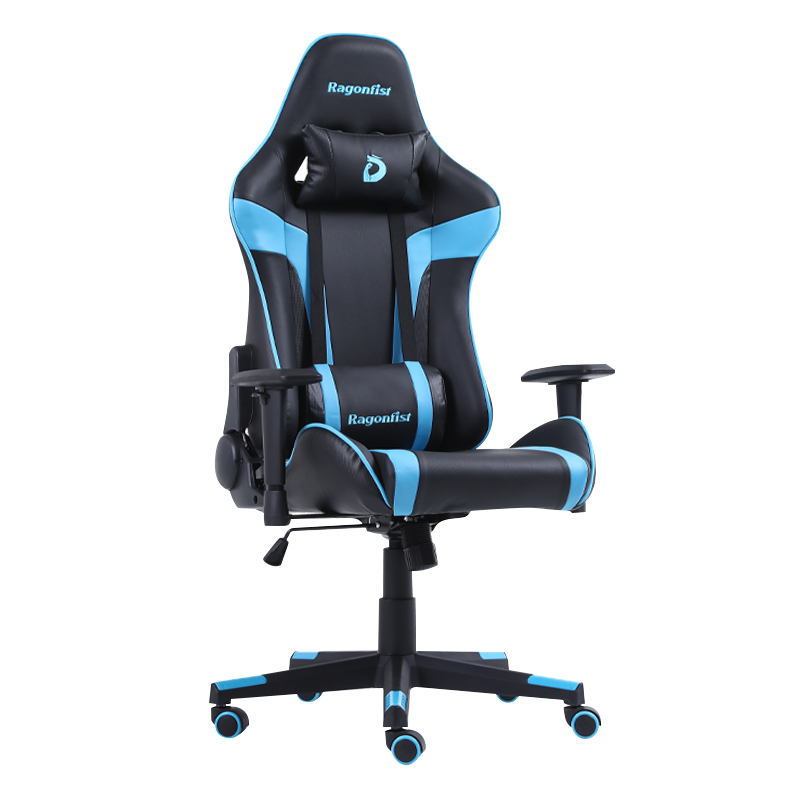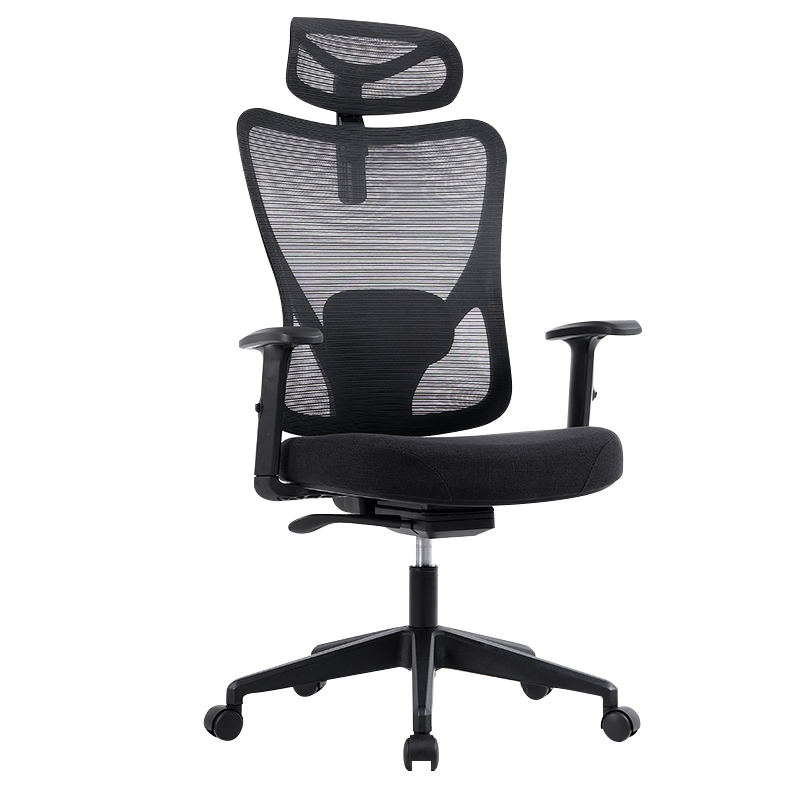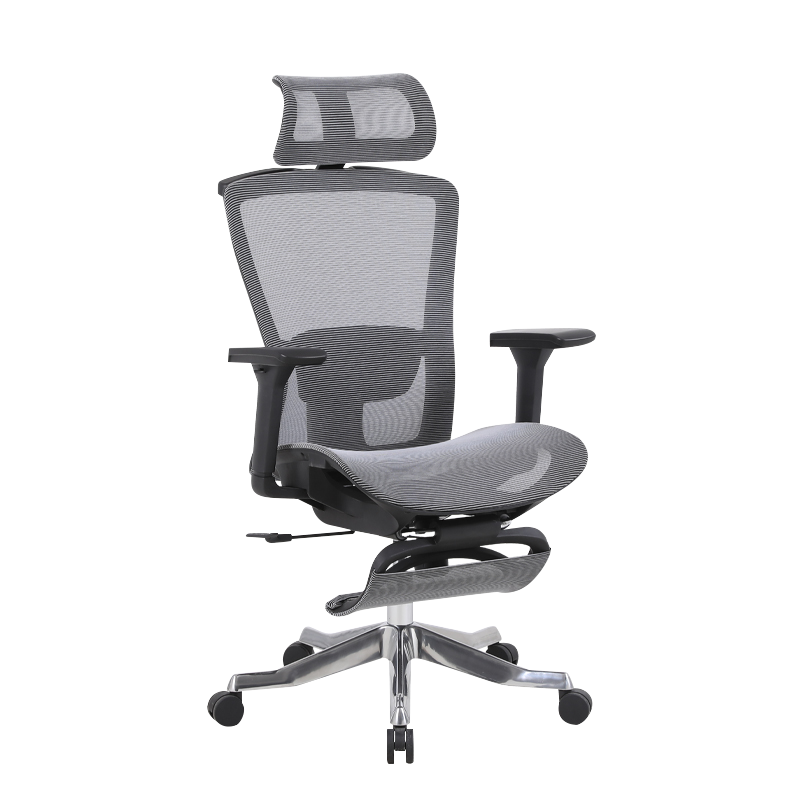Tel: +86-15336988044
Durability is a cornerstone of any well-designed office chair, serving as a testament to its quality and reliability. When it comes to selecting the perfect chair for your workspace, durability should be a top priority. After all, an office chair is not just a temporary fixture; it's an investment in your comfort, productivity, and long-term health.
At its core, durability refers to the ability of a chair to withstand the rigors of daily use without succumbing to wear and tear. This encompasses a wide range of factors, including the quality of materials, construction methods, and overall design. Let's explore each of these elements in detail to understand what makes a chair truly durable.
Material selection is the foundation of durability. The best office chairs are crafted from high-quality materials that can withstand the demands of daily use. This typically includes robust metals such as steel or aluminum for the frame, reinforced polymers for the seat and backrest, and durable fabrics or leather for upholstery. These materials are chosen for their strength, resilience, and resistance to damage, ensuring that the chair remains sturdy and reliable over time.
Construction methods also play a crucial role in determining durability. A well-constructed chair will feature solid joints, reinforced seams, and sturdy connections between components. Welded or bolted joints are preferred over adhesives or staples, as they provide greater structural integrity and resistance to loosening or breakage. Additionally, attention to detail during the assembly process, such as proper alignment and tight tolerances, ensures that the chair functions smoothly and consistently without any weak points or vulnerabilities.
Furthermore, the overall design of the chair can significantly impact its durability. A well-engineered chair will feature a balanced and ergonomic design that distributes weight evenly and minimizes stress on key components. Reinforced stress points, such as the base, armrests, and backrest, help prevent premature wear and ensure long-term reliability. Additionally, thoughtful features such as pneumatic height adjustment, tilt mechanisms, and swivel capabilities should be seamlessly integrated into the design without compromising stability or structural integrity.
Durability isn't just about withstanding physical wear and tear; it's also about maintaining performance and functionality over time. A durable chair should continue to provide reliable support and comfort, even after years of heavy use. This means that components such as the seat padding, lumbar support, and armrests should retain their shape and resilience, resisting compression and deformation over time. Similarly, moving parts such as casters and tilt mechanisms should remain smooth and responsive, with minimal friction or resistance.
Durability is a critical factor to consider when selecting an office chair. By prioritizing high-quality materials, robust construction methods, and thoughtful design, you can ensure that your chair not only withstands the test of time but also provides reliable support and comfort for years to come. So whether you're furnishing a home office or outfitting a corporate workspace, invest in a chair that prioritizes durability – your body and your productivity will thank you for it.




 عربى
عربى Português
Português








